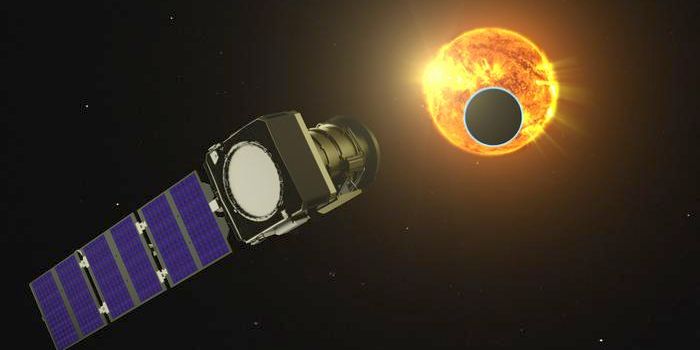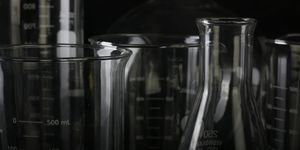An Energy Efficient Way to Produce Intense Heat is Discovered
Scientists are trying to find more efficient, eco-friendly energy sources and methods. New, proof-of-concept research has shown for the first time that a form of intense solar energy can be used to trap temperatures that exceed 1,000°C (1,832°F) in synthetic quartz. This study has demonstrated that solar power could potentially be used in many industries, such as cement production, which require intense heat. The findings have been reported in the journal Device.
"To tackle climate change, we need to decarbonize energy in general. People tend to only think about electricity as energy, but in fact, about half of the energy is used in the form of heat," explained corresponding study author Emiliano Casati of ETH Zurich.
Modern construction and infrastructure requires huge amounts of steel, glass, and ceramics; these materials are used in everything from building construction to cars. But incredibly intense heat is used in the production of these materials, and that heat is generated by burning fossil fuels. It's estimated that the industries that involve these materials are to blame for about one-quarter of energy consumption worldwide. But unfortunately, solar receivers that can be used to collect and store heat has, until this point, proven unable to efficiently transfer energy over 1,000°C.
In this study, however, the researchers employed semitransparent materials like quartz to develop a device that entraps sunlight in a phenomenon known as the thermal-trap effect. When this rod-like device was exposed to the energy equivalent of light from 136 suns, an absorber plate in the device reached 1,050°C (1,922°F), while the other end stayed at 600°C (1,112°F).
"Previous research has only managed to demonstrate the thermal-trap effect up to 170°C (338°F)," said Casati. "Our research showed that solar thermal trapping works not just at low temperatures, but well above 1,000°C. This is crucial to show its potential for real-world industrial applications."
The scientists also exposed the device to different conditions, and showed that the same temperature could be achieved at lower concentrations of solar power.
Now, the researchers are working on improving the thermal-trapping effect of the device even more, and how it might be applied. They have found that with different fluids or gases, even higher temperatures can be reached too.
"Energy issue is a cornerstone to the survival of our society," Casati noted. "Solar energy is readily available, and the technology is already here. To really motivate industry adoption, we need to demonstrate the economic viability and advantages of this technology at scale."
Sources: Cell Press, Device









